The short answer to this question is YES
However, every case of Plantar Fasciitis is different, and you need to evaluate whether running could end up aggrevating or worstening your condition.
When deciding whether or not you can safely run when suffering with plantar fasciitis, there are some main points you need to consider prior to deciding to run.
- How severe is the pain you are suffering
- Are you an experienced runner or beginner
- Why are you running
- How often do you intend to run.
- How far do you intend to run.
- Do you have the correct footwear to support your running.
- Do you have a plan in place to manage your Plantar Fasciitis whilst training and running.
How you answer these points will help determine whether or not it would be wise for you to run when suffering with Plantar Fasciitis.
Lets look a little further into some of the points that could help you determine whether you should be running.
How severe is your Plantar Fasciitis pain?
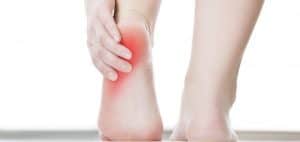
Early Stage
If you are in the early stages of Plantar fasciitis, then your pain will likely be nothing more than a dull ache in the mornings that feels a little like you have asmall stone under your foot. The pain probably disappears after a few moments of walking.
During this stage of Plantar Fasciitis, you are probably fine to go ahead and run providing you follow the advice given later in this article regarding correct warm up and stretching etc.
Also it is during this stage that incorporating an effective healing routine, will speed up your recovery whilst preventing the condition from worstening.
Mid Stage
Mid stage Plantar Fasciits is generally when you have been dealing with the condition for several months and have found the morning pain to be getting progressively worse. Also you may be finding the pain lasts longer and that you are now feeling the pain not only when rising in the morning, but also after periods of rest through the day.
You can still run when suffering with Plantar Fasciitis at this stage, however, along with the advise given later in this article regarding warm ups and stretching, you will also benefit from more frequent rest days between running sessions.
Later Stage
If you are in the late stages of Plantar Fasciitis, you will be experiencing quite considerable pain when arising in the morning. You may feel as though you are walking on broken glass or that a hot rod is being pushed into the base of your foot. The pain may also be lasting for much longer than before and happening more frequently throughout the day.
It would not be adviseable to run when suffering with Plantar Fasciitis at this stage of the condition. Your plantar fascia is likely to be severely inflammed and possibly on it’s way to suffering a major tear or rupture, which would be extremely painful and put the recovery process back immensely.
If you feel you are at this stage, if would be far better for you to concentrate of following a recovery plan to allow the plantar fascia time to heal and strengthen again prior to attemtipting running or vigorous exercise.
Are you an experienced runner?

Depending on how experienced you are at running will also have a direct bearing on whether you should run when suffering with plantar fasciitis.
Beginner
If you are deciding to start running for the first time, waiting until you have recovered from your plantar fasciitis may be the best option.
Without the experience of running prior to having plantar fasciitis, you will not know whether the pain you are feeling in your feet is just normal pain that new runners feel, or whether you are causing more damage to your plantar fascia and worsening your condition.
If you do decide to go ahead and begin running for the first time, you will need to ensure that you have correctly fitting & supportive footwear. Also, it is advisable to run on a more cushioned surface such as a running track or grass, than it is a sidewalk or road.
Intermediate
If you have prior knowledge of running and are considering beginning again, you will probably be safe to do so once you have ascertained that your level of plantar fasciitis pain is agreeable. You will want to take things at a steady pace and build yourself back up slowly. Be sure to listen to your body and take rest days in between running sessions. Make sure that your footwear is suitable (don’t pull out the ten year old pair of worn out running shoes from the back of the closet!) If you find your Plantar Fasciitis pain is getting worse, then be sure to stop running until you are better healed.
Experienced
If you are an experienced runner, then you no doubt have had your fair share of foot problems, and don’t need me to tell you what to do. I would just like to advise you to listen to what your body is telling you. Please do not try to “push through” the pain as you may end up with a major tear or rupture of the plantar fascia. Also, be sure to change your running shoes when they reach the end of their useable life. Just because they are “your favorite pair” is not an excuse not to replace then when they are worn out. Worn and unsupportive shoes are a major contributer to people getting plantar fasciitis.
Why are you running?

There are many reason why people may decide to start running.
- Weight Loss
- Keeping / Getting Fit
- Charity Event
- Training for Marathon
- Enjoyment
- Personal Physical Achievement
Whatever the reason, you need to ensure that your reason is not going to also be a potential problem for your plantar fasciitis.
People who are overweight will be putting their plantar fascia under added strain when they start running. People who haven’t run before and now start training for a marathon or charity 10K fun run, may start off too hard and cause more damage.
In certain cases, it may be more prudent if other forms of lower impact fitness were considered. Swimming, cycling and certain aerobics can help you achieve a higher fitness level without putting further strain on your damaged plantar fascia. After a period of recovery, then running could gradually be introduced into the fitness regime.
This also brings us to the point of how far and how often you are going to run.
Again, your own body will be a good indicator as to when you are doing too much. Commonsense will tell you that if you haven’t run before, you are not going to go out and run 10 miles on your first session.
The main key is to ensure that you are fully stretched and warmed up prior to starting your run and to work gradually towards your goals, initially having 2 or 3 rest days inbetween runs.
Provided you are not experiencing any further foot pain, then you can gradually begin to increase both the frequency and distance of your runs.
As soon as you feel your pain is increasing, or it is lasting longer in the morning than usual, reduce your regime again to allow healing.
Warm Up and Warm Down Stretches

An important factor in running is the stretching, warm up and warm down done before and after your run.
Many inexperienced runners fail to do either of these necessary warming stretches.
If you haven’t fully warmed up and stretched your muscles prior to running, you run the risk of not only damaging the muscles, but also cramping.
As you suffer with Plantar fasciitis, it is even more important to ensure that the plantar fascia has been stretched to prevent further damage from occuring.
These videos show you some of the kinds of exercise that would be beneficial to you doing prior to going for a run.
First Stretch the Plantar Fascia
Then do your warm up and warm down exercises
Follow a recovery plan?
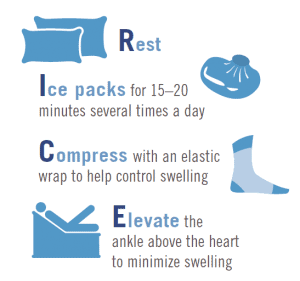
The most important part of Plantar fasciitis recovery is REST!
As mentioned throughout this article, there is no problem with going for a run when suffering with plantar fasciiits. However, this must be coupled with some sort of recovery program if you are going to rid yourself of the condition.
If you can find the discipline needed to go out for that run, then you must also find the discipline to follow a recovery program.
We have an article that covers 5 steps to recovery that will be a good start to give you an understanding of the healing process. Many people have also found that this Plantar Fasciitis Course has benefitted them due to the added fitness and lifestyle material provided. The valuable information provided within this package will not only see you on the road to recovery, but will also provide additionaladvice on things such as diet, sleep and stress relief.
Whatever you choose to do, you must ensure that you get to the cause of your plantar fasciitis, and then break the cycle of partial healing and re-injury if you are to fully recover.
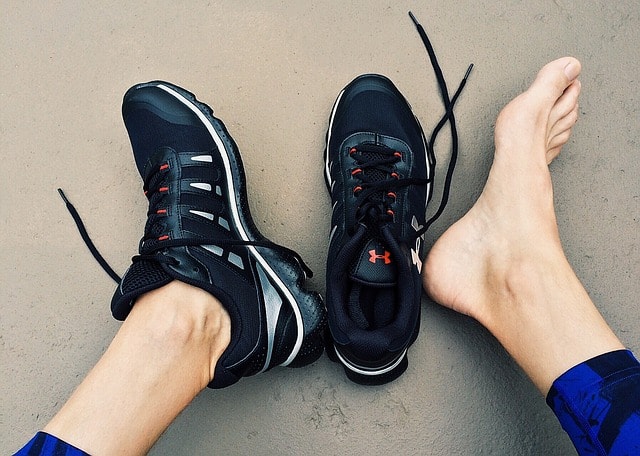



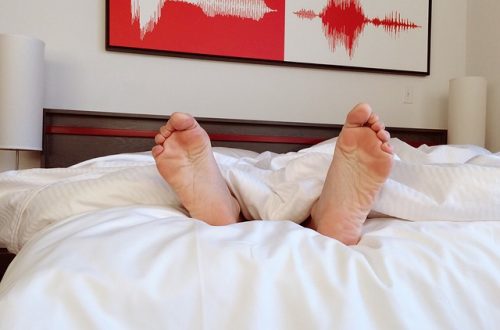
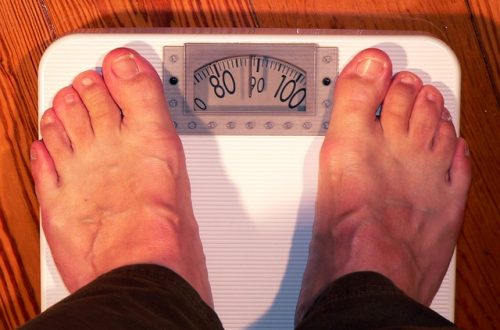

One Comment
Pingback: